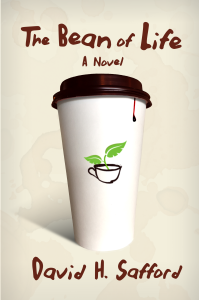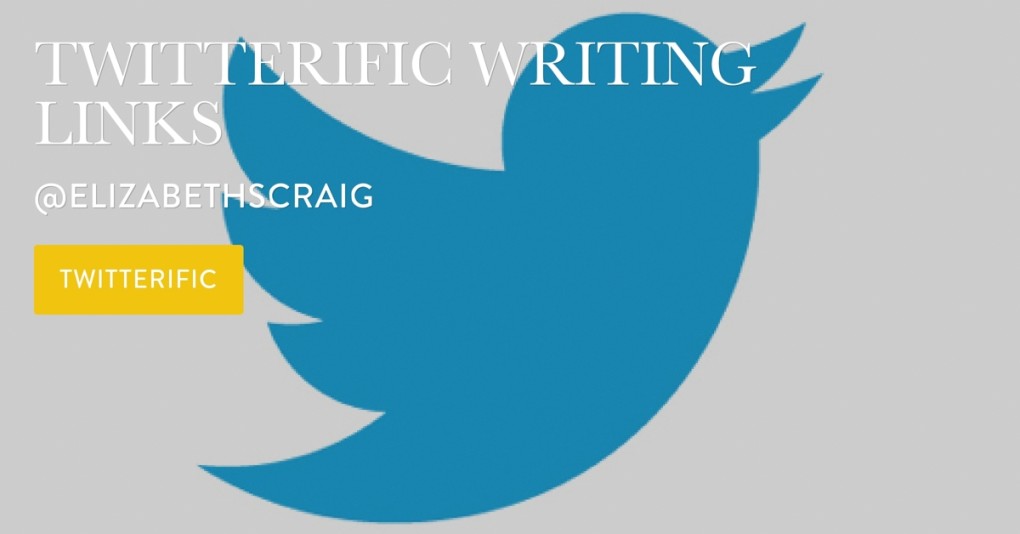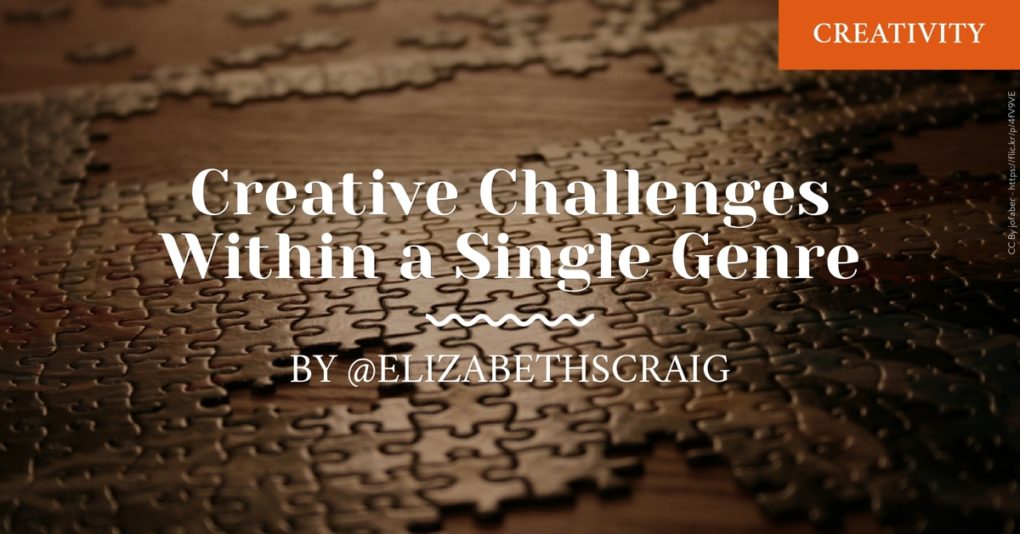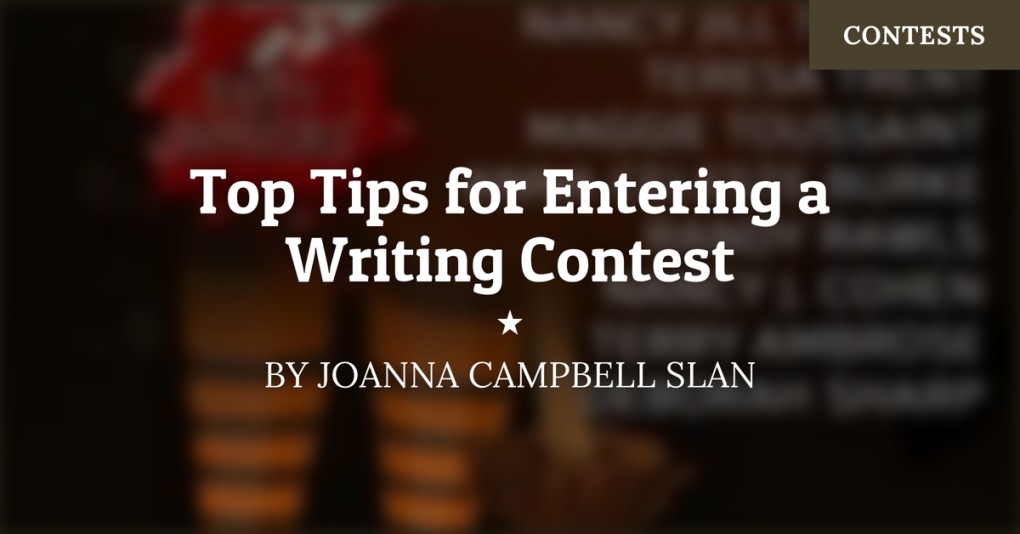by David H. Safford, @DavidHSafford
Few elements of our craft vex us more than exposition.
Perhaps this is because the rules aren’t written in stone.
To you, the writer, it feels necessary to share everything that you’ve dreamt up about a character and his/her world.
But to the reader, there may be mass confusion about things you never dreamed would be unclear.
This is why so many conversations with early readers or critique partners can drift toward the defensive. We, the writers, have assumptions about what the reader should understand, or “get.”
Yet our readers often have much different experiences than we expect, and this is horribly frustrating.
To pave a smooth road for our readers – and to become proper Exposition Ninjas – we need to understand the purpose of exposition, otherwise we won’t know why we’re using it. Effective stories always handle exposition purposefully.
The Purpose of Exposition is to enhance three things: The characters’ goals, stakes, and consequences.
That’s it.
Any “backstory” that doesn’t provide depth for these three elements (character goals, stakes, consequences) is fluff that should be cut immediately.
One of the biggest mistakes that authors make is beginning their story or novel by “setting the scene.”
And while setting is important, it’s not essential.
What is essential is conflict. Risk. Stakes.
The stuff that matters.
And if you don’t begin with the things that matter, your reader won’t stick around.
So what do we do?
Here is some Exposition Ninja training that will sharpen your skills as you deal with this terribly tricky aspect of story-telling.Continue reading




